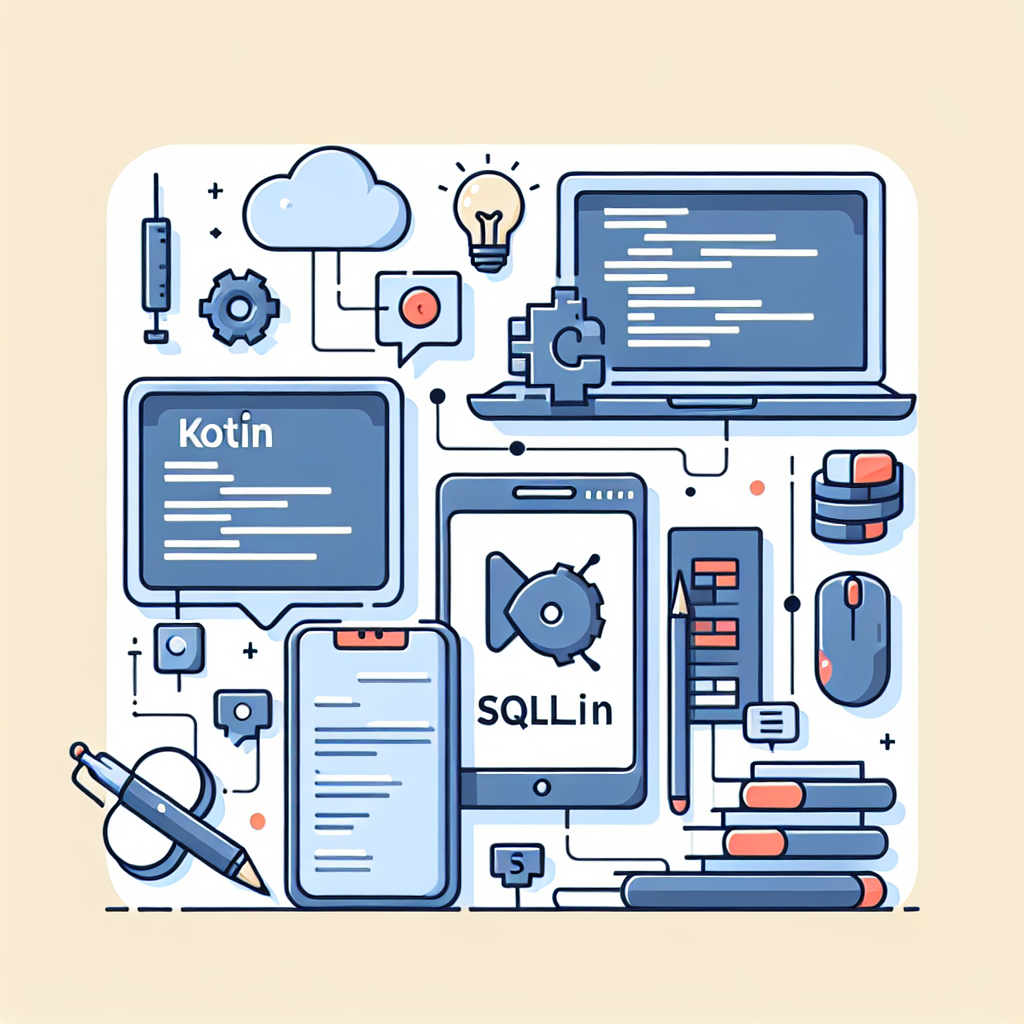Convert Kotlin to SQL Effortlessly | Easy Code Tool
Effortlessly convert Kotlin to SQL with our powerful tool. Enhance your database operations, streamline code, and boost productivity. Try it today!
Source Code
Converted Code
Output will appear here...
Transform Kotlin code into efficient SQL queries with our Kotlin to SQL tool, designed to streamline database interactions and enhance app performance. Ideal for developers looking to automate query generation, this tool boosts productivity by seamlessly converting Kotlin logic into optimized SQL statements. Perfect for modern app development, it ensures seamless backend integration and data management.

Kotlin to SQL Conversion Tool Link to this section #
Effortlessly transform Kotlin code into efficient SQL statements with our Kotlin to SQL conversion tool. Designed to streamline database operations and enhance productivity, this tool is perfect for developers who frequently translate Kotlin logic into SQL queries.
Key Features: Link to this section #
Automatic Conversion: Instantly convert Kotlin data classes and functions into SQL commands. This feature reduces manual coding errors and speeds up development time.
Seamless Integration: Compatible with popular Kotlin frameworks like Ktor and Spring Boot, our tool ensures smooth integration into existing projects.
Custom Query Support: Tailor your SQL queries to match specific use cases with customizable options.
Syntax Highlighting: Improve readability and debugging with syntax-highlighted output for both Kotlin and SQL code.
How It Works: Link to this section #
Input Kotlin Code: Paste your Kotlin code into the input field. For example:
data class User(val id: Int, val name: String, val email: String)Select Options: Choose any specific conversion options or settings you require.
Generate SQL: Click 'Convert' to generate SQL statements. The output might look like:
CREATE TABLE User ( id INT PRIMARY KEY, name VARCHAR(255), email VARCHAR(255) );
Benefits: Link to this section #
- Efficiency: Save time by reducing repetitive manual translation of code.
- Accuracy: Minimize errors with automated conversions that ensure SQL syntax correctness.
- Versatility: Useful for various database operations, including creating tables, inserting data, and updating records.
Resources: Link to this section #
- Explore more about Kotlin's interoperability with SQL.
- Learn about SQL best practices.
This tool is perfect for developers looking to enhance their workflow by bridging the gap between Kotlin programming and SQL database management effortlessly.
Frequently Asked Questions
How can I connect a Kotlin application to a SQL database?
To connect a Kotlin application to a SQL database, you can use JDBC (Java Database Connectivity). First, include the appropriate JDBC driver for your SQL database in your project dependencies. Then, use the DriverManager class to establish a connection to the database using a connection URL, username, and password.
What libraries can I use to simplify SQL operations in Kotlin?
Several libraries can simplify SQL operations in Kotlin, including Exposed, Ktorm, and JOOQ. These libraries provide DSL (Domain Specific Language) for constructing SQL queries in a type-safe manner and can help with handling database connections, executing queries, and mapping results to Kotlin objects.
How do I perform a basic SQL query in Kotlin using JDBC?
To perform a basic SQL query in Kotlin using JDBC, first establish a connection to the database. Then, create a Statement or PreparedStatement object to execute your SQL query. Use the executeQuery method to run the query and retrieve the results using a ResultSet object. Finally, iterate over the ResultSet to access the data returned by the query.